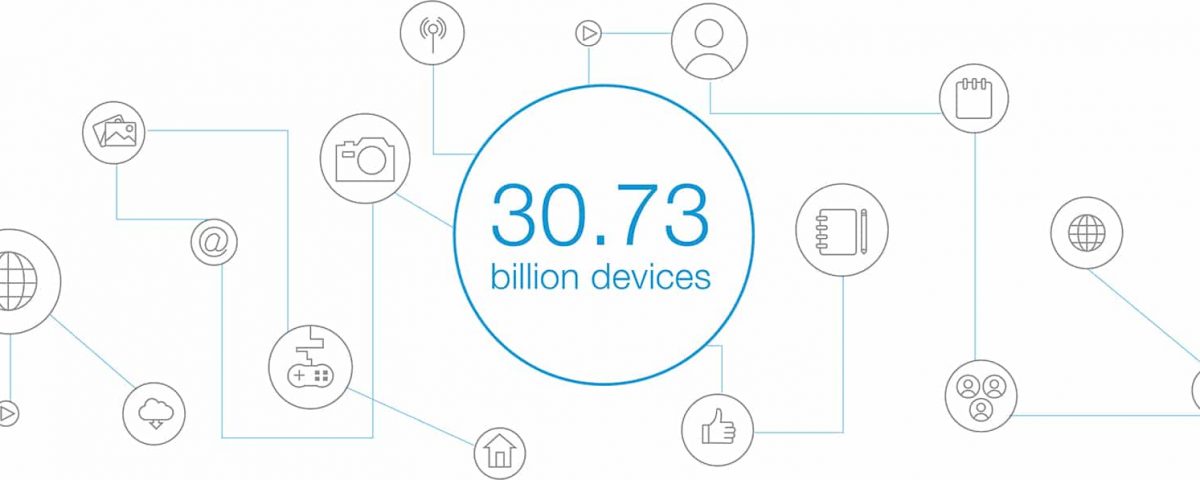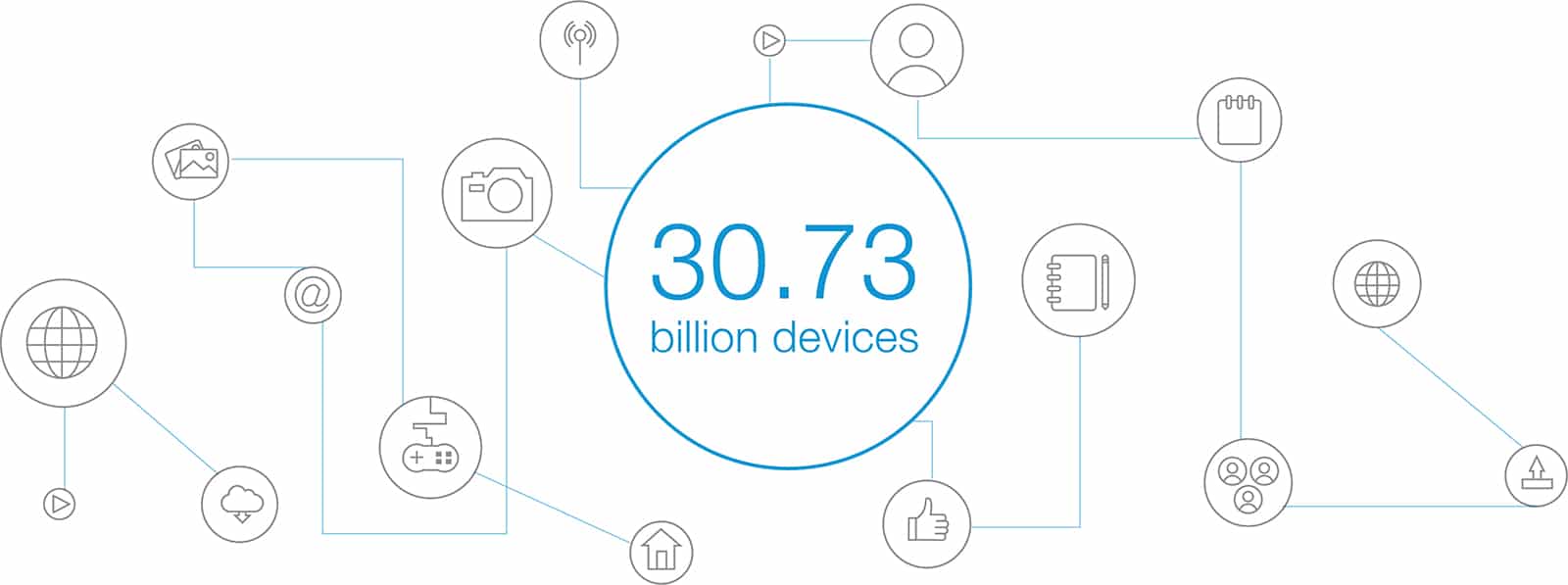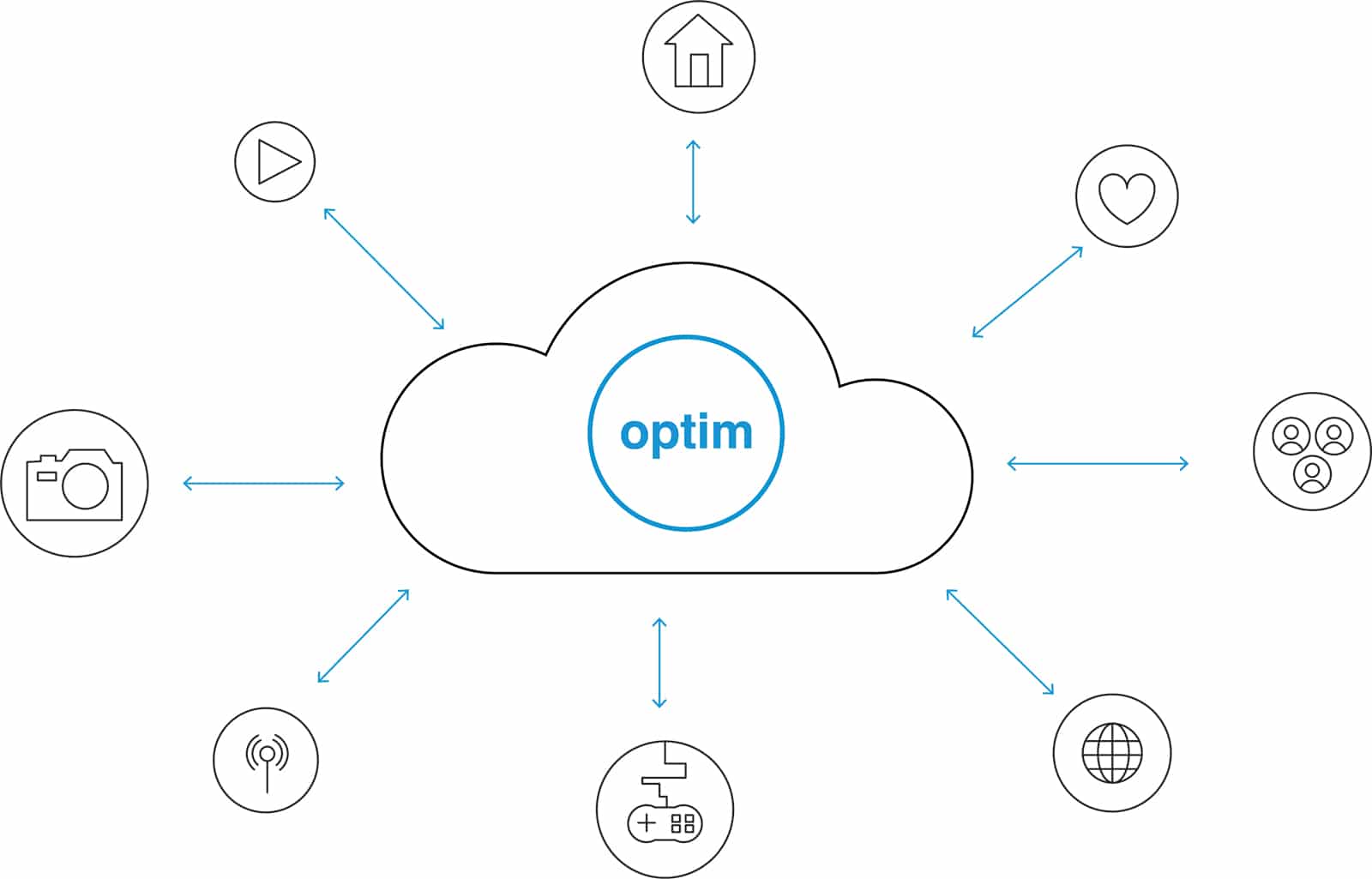
Optim – Dynamic Software Management
December 5, 2019
Microsoft Partner Awards 2019: Technology is simply better with partners
December 5, 2019Trends in Connecting and Securing the Smart Home

As we enter the 2019 holiday season where there no doubt will be more than a few IoT devices snagged from the shelves on Black Friday and wrapped under the tree, we have the opportunity to look back on a booming year for IoT and consider what’s to come in 2020.
2019 Smart Home Fast Facts:
– The US is the largest consumer of smart home technology, followed by China and Japan.
– In 2019, the most popular smart home products are video entertainment, smart speakers, and home monitoring and security.
– Smart home US household penetration is 7.7%
– 30% of IT professionals cite security as the main concern for IoT adoption.

IoT Predictions for 2020:
Continued growth in IoT market saturation and adoption. Statista predicts that total installed IoT devices will reach 30.73 billion in 2020, compared to 26.66 billion in 2019. Wi-Fi 6 and 5G technology are expected to improve IoT device functionality and enable cross compatibility throughout the IoT industry.
Growth in artificial intelligence (AI) through data collection. It’s no secret that smart devices collect data and learn your habits. That data is creating machine learning and AI opportunities while driving demand for better data processing and analytics.
Increased security concerns. Security is a subject that has been recurring year over year as consumer concerns grow and security solutions become more complex in the fragmented IoT landscape.

Opportunities for Service Providers
Emerging trends and industry predictions enable service providers to find new ways to offer value-added services to their current lineup. By addressing key consumer trends and concerns, service providers can improve their agility in adapting to the constantly changing IoT environment. There are two types of consumers that service providers can adapt their services to: home based and business based. Consumer based growth centers around making home networking more efficient and addressing concerns with data management and privacy. Organizations and businesses often have user demands on a larger scale and require more involved management. In a recent survey conducted by CIO Review, organizations surveyed expect their network user population “to grow at a double-digit rate annually over the next two years.” This growth is driven by guest access, representing nearly a third of the user population. Addressing the need for advanced management tools in both businesses and within customers homes can lay the foundation for long term digital transformation success.
Both types of consumer have high expectations for their Wi-Fi services ability to accommodate the increasing number of IoT devices on their networks. Managed Wi-Fi services, also known as adaptive Wi-Fi, address a variety of customer concerns and offer tools to improve customer experience. Service providers can leverage managed Wi-Fi services to enhance their customer experience and set them apart from competitors.

Managed Wi-Fi Solutions for IoT Challenges
Challenge: Increased number of devices bogging down the network, negatively impacting Internet speeds and stability.
Solution: Actiontec’s Optim Managed WiFi and SmartSteering technology optimizes the most congested networks, directing devices to the appropriate band, ensuring your device has the necessary bandwidth for peak performance. Carriers have reported a 20% drop in support calls in homes that have SmartSteering technology. In addition, Optim is also compatible with smart home assistants to notify users when there are improvements available to enhance network performance.
Challenge: Managing and effectively analyzing large amounts of consumer data collected from IoT devices.
Solution: The ability to effectively analyze and implement solutions from large quantities of consumer data collected on IoT devices allows service providers to proactively identify trends and issues before they negatively impact the customer’s service. Optim’s cloud-based advanced analytics gathers network data and presents it in a variety of pre-built, customizable reports. Data analysis of network utilization and data consumption helps service providers understand and better service consumer’s network needs for enhanced troubleshooting, fewer service calls and truck rolls, and a overall better customer experience.
Challenge: Insufficient IoT device security puts consumer data and privacy at risk.
Solution: IoT security is one of the top concerns that consumers have when adopting new connected devices. Service providers are often expected to fill in the security gaps. Optim is designed with those concerns in mind. Through advanced security solutions, parental controls, and IoT specific security, Optim boasts best in class security tools to protect subscribers from common cyber threats like hacking and spyware.
As IoT continues to develop and experience growing pains, service providers have the ability to harness the potential of connected devices and adapt their service offerings to encompass everything their customers need and expect. Machine learning and AI will play a pivotal role in how service providers collect and analyze data to push their customer experience forward into the future. Service providers that employ managed Wi-Fi service have the necessary tools to turn a connected home into a smart home.
Optim® Managed Wi-Fi solution is available through reputable Service Providers. You can learn more about Smart Home and Wi-Fi security with Actiontec’s Complete Guide to WiFi Networking. For the latest news in technology, check out Actiontec’s blog.
The post Trends in Connecting and Securing the Smart Home appeared first on Actiontec.com.

